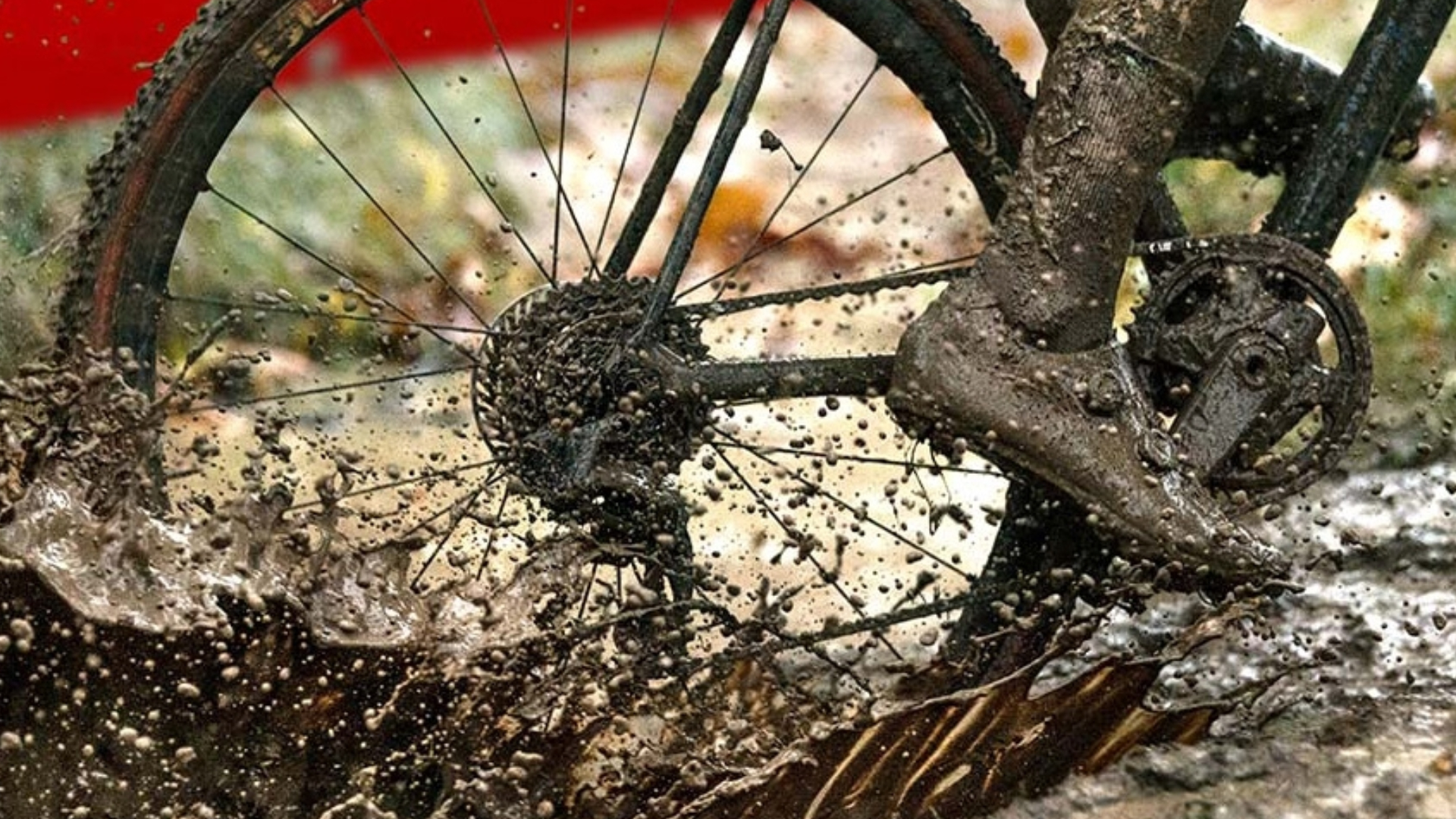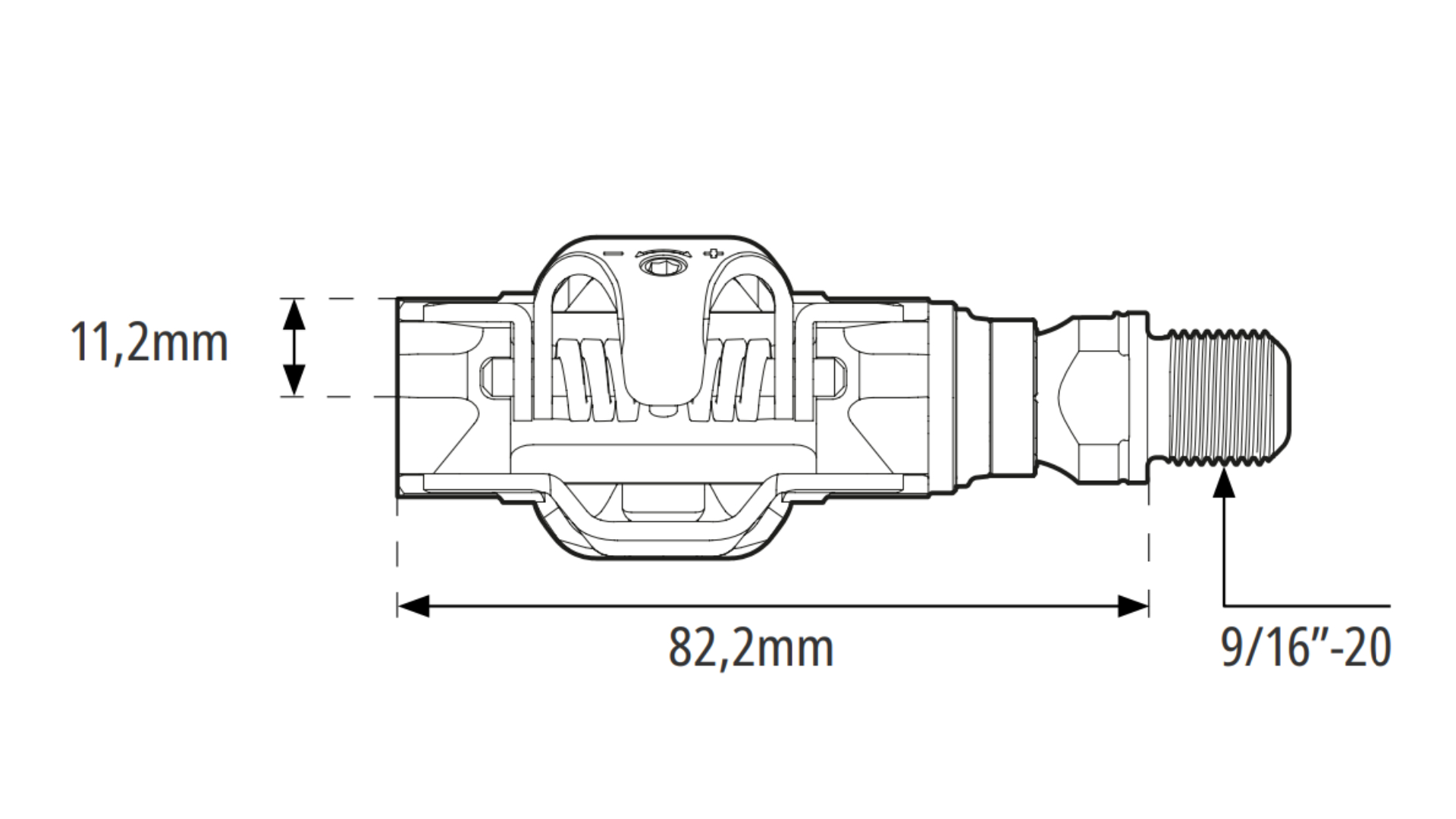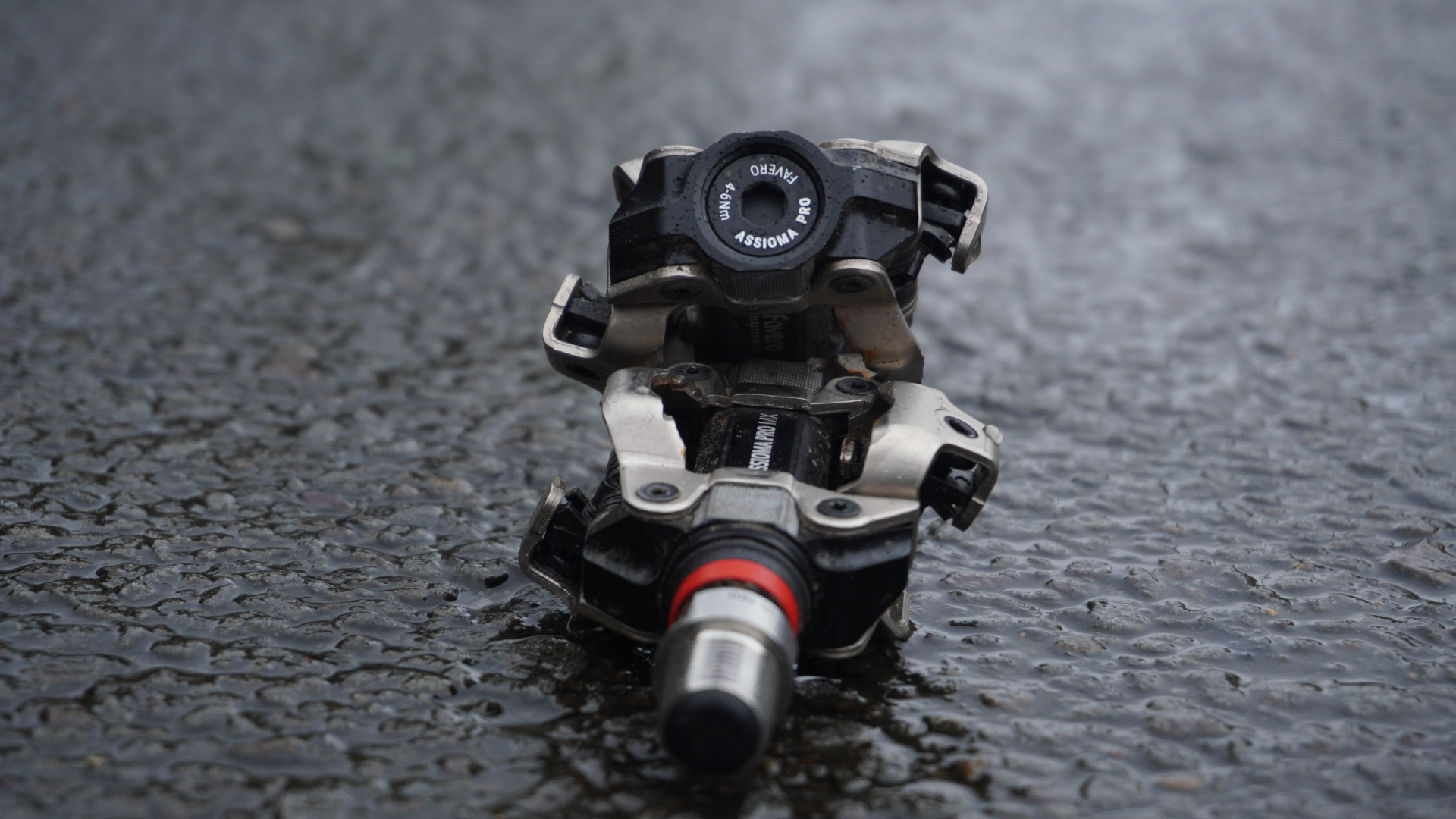New Favero Assioma Pro MX is the cheapest SPD power meter pedal on the market
The Pro MX features a rechargeable battery, slim-line body and are fully serviceable


Favero, the Italian brand behind the three-bolt cleat Assioma power pedals, has just unveiled its first two-bolt power meter pedal for gravel and off-road use - presenting a direct challenge to the established players in the category
The goal was to be cheaper, lighter, more reliable and to feel more natural than the competitors already on the market. Let’s take a look at each of those in turn, and then get on to how the pedals have performed in practice
The price

Probably the simplest to quantify, the Favero Assioma Pro MX-1 (single sided pedal costs $499.00 / £399.00, in contrast to $700 / £570.00 for a single sided Garmin Rally XC100.
For the dual sensing Favero Assioma Pro MX-2, those come in at $759.00 / £599.000 - contrasting with $1,200.00 / £960.00 for the dual sided Garmin Rally XC200 pedals.
SRM’s X-power SPD power pedals are even more expensive, at $1,499.00 / £1,308.00 for a dual sided pair.
It’s worth noting that Garmin’s Rally pedals do have interchangeable pedal bodies, so if you end up going between two-bolt cleats and three bolt cleats, Garmin’s offering is cheaper than getting two separate Favero Assioma power meter pedals - one for road, one for off-road.
Although, to pop a note on that note, having previously swapped over Garmin’s Rally pedal bodies, although it is a simple job in the grand scheme of bike maintenance (internal cable routing is far more of a faff) it’s still not a job I would be doing ride-to-ride or even week-to-week. It’s more of a season change that I’d make the switch for.
The weight
Another simple one: Assioma claims 191.4 grams; I clocked mine at 192 grams - very close.
That compares with an actual weight of 224 grams for Garmin’s SPD Rally power meter pedals and a claimed weight of 194 grams for SRM’s X-Power power meter pedals.
Dimensions and specs

It might sound a little hair splitting to get stuck into the stack height of the pedals so early on - but trust me, it is one of the most significant differences between them.
The Garmin Rally SPD pedals - which are the main competitor to Favero's new Assioma Pro MX pedals - have a particularly high stack height, much greater than your standard Shimano SPD pedals. Initially it can be a bit off-putting - sometimes requiring your saddle height to be raised and just increasing your center of gravity on the bike that bit more, which you notice through the corners.
You do get used to the Garmin Rally pedals after a while, but if you’re swapping between standard SPD pedals and power pedals at all often, that feeling of being a little off balance keeps on coming back.
To put some numbers on this, here are the specs
| Header Cell - Column 0 | Favero Assioma MX-2 | Garmin Rally XC200 | Shimano XTR M9100 |
|---|---|---|---|
| Stack | 11.2mm | 13.5mm | 8.4mm |
Personally, I don’t actually find the difference between Favero Assioma and Shimano noticeable yet I really do with the Garmin Rally XC200 - must be something of a tipping point which the Garmin’s just fall on the wrong side of.
In terms of the rest of the key specs, the Favero Assioma MX-2 power pedals have a ±1% claimed accuracy and cadence sensing between 10 and 250 RPM. The transmitted data includes power, cadence and L/R balance - as well as Platform Center Offset, Power Phase, Torque Efficiency, Pedal Smoothness and Rider Position.
Serviceability
As you might expect, Favero is very proud of their design for these pedals and believe that, by virtue of this design, these are the most reliable SPD power pedals on the market.
Just how that stacks up in reality, I’ll be finding out after slogging these pedals through the rest of the winter and into the showers of spring. Still, the construction of the pedals is interesting and worth digging into.
Favero’s first point pertains to the way in which the power meter is actually powered. By opting for a rechargeable battery, there are no battery ports - which require seal - on these pedals, therefore avoiding a potential weak point for water ingress.

The charging pods simply connect magnetically to the gold pins on the pedal body, with no flaps or covers to worry about - just that the pins should be wiped clean before charging. The charging pods themselves have a micro USB port, which makes traveling a little easier as you can economize a little on the cables which you bring.
To that extent, Favero believes this design has fewer points of failure than Garmin’s Rally pedals.

The next point is the pedal spindle. Favero says SRM’s design where the pedal spindle has a cable port introduces a potential point of failure or avenue for water ingress. Instead, Favero (and Garmin, too) have a completely sealed pedal spindle which houses all the electronics inside.
In terms of how the pedal looks and what it’s like to take apart, it is essentially just like any serviceable pedal - just that the pedal spindle happens to house the electronics and sensors. A neat and simple solution.
The ride
Setting up the pedals was straightforward, just following the steps on Favero’s app and making sure to zero-offset the pedals ahead of using them. Worth bearing in mind that Favero recommends a 4mm gap between the spindle cap and the frame or chain - you can use spacers to achieve this, but for me it wasn’t an issue.
As mentioned, the pedals are rechargeable which I am a great fan of - I like the certainty of quickly and easily being able to top up to 100%, rather than making a calculation on how much I want to get my money’s worth out of a set of batteries and how much I definitely don’t want to run out of charge mid-ride!

Also as mentioned, the stack height of The Favero Assioma Pro MX-2 is much lower than the Garmin Rally XC200 pedals and they feel to me essentially indistinguishable to Shimano SPD pedals - which really is great when swapping between bikes.
Using these pedals for the past four weeks - and through a series of unrelenting downpours - I haven’t had any warning signs of creaks, axle-play or any other indicators of premature wear. To be fair, as a product which you’d hope would last for several seasons at the very least, that is exactly what I’d expect at this point in its lifecycle.
I’ll be putting in many more miles before making a call on its longevity, but at least the early signs are reassuring.
As a bit of an aside, more recently I’ve been using SPD pedals for the overwhelming majority of my rides - even on road! It crept up slowly, but as I’ve increasingly used gravel bikes for my endurance road rides, that firm delineation between two-bolts and tarmac has slowly melted away.
Plus there’s an awful lot I like about SPD pedals: the amount of float, the ease of walking when off the bike, being easier to clip in to, only needing to keep one set of shoes handy… the list goes on.
Some people prefer the wider platform of road pedals for long distance riding, but that’s never an issue I’ve had - my longest ride of 20 hours was done with SPDs, and although there’s a fair bit I would have changed about my setup, my pedals aren’t part of that. Others prefer three-bolt cleats for the power transfer when hammering through intervals - and I would agree with that for racing or trying to bag a KOM, but for training efforts, I just don’t need that extra edge. It’s like mudguards or puncture resistant tires.
The point of all this is that it has really felt like there’s been a gap in the market for a set of SPD power pedals. Not getting on with the Garmin Rally XC100/200 for their high stack height, the only other option was SRM’s X-Power pedals - but with such a high price, it was more cost effective for me to just get crank-based power meters for both my winter bike and gravel bike, rather than just one set of power meter pedals.
With the Favero Assioma Pro MX-2, it does feel like that gap has been plugged. If I was making the choice again, I probably would go with the Favero pedals - paying a bit more to get the L/R sensing and swapping the pedals between bikes feels like a fair trade.
Some people might not see the point in riding with power on gravel - and for sure, you’re probably not going to be staring at your headunit and trying to hold your power to the watt on the way up the climbs! But it is really useful the data you get in terms of your training load, even if you’re not sticking rigidly to a training plan - just getting those recommendations to maybe ease off a little if you’ve done a few too many hard days or big rides back to back is better than running yourself into the ground!

Thank you for reading 20 articles this month* Join now for unlimited access
Enjoy your first month for just £1 / $1 / €1
*Read 5 free articles per month without a subscription

Join now for unlimited access
Try first month for just £1 / $1 / €1
The latest race content, interviews, features, reviews and expert buying guides, direct to your inbox!

After winning the 2019 National Single-Speed Cross-Country Mountain Biking Championships and claiming the plushie unicorn (true story), Stefan swapped the flat-bars for drop-bars and has never looked back.
Since then, he’s earnt his 2ⁿᵈ cat racing licence in his first season racing as a third, completed the South Downs Double in under 20 hours and Everested in under 12.
But his favourite rides are multiday bikepacking trips, with all the huge amount of cycling tech and long days spent exploring new roads and trails - as well as histories and cultures. Most recently, he’s spent two weeks riding from Budapest into the mountains of Slovakia.
Height: 177cm
Weight: 67–69kg